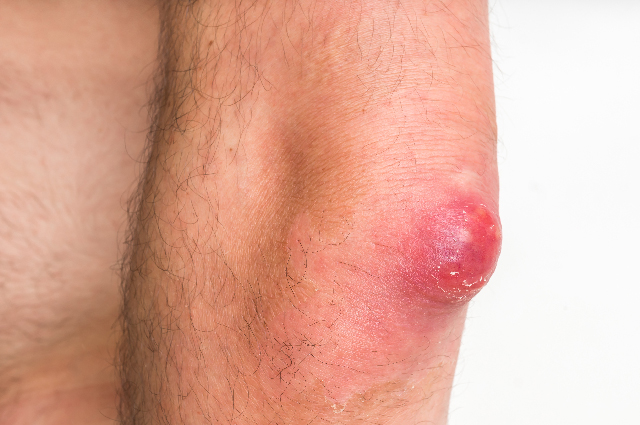Treating that pain in your butt: Relieve piriformis syndrome with these little-known non-invasive treatments
07/20/2018 / By Frances Bloomfield

Have you ever felt pain or tenderness in one of your buttocks? Has an inexplicable tingling or numbness spread from that area down to the rest of your leg? If you’ve ever experienced either of these sensations, then you may have piriformis syndrome.
Taking its name from the piriformis muscle, this condition occurs when tightness in the muscle compresses the sciatic nerve, which is the largest nerve in the body. Piriformis syndrome can be a one-time or recurring source of pain, though the good thing about it is that it’s manageable. Here are some non-invasive treatments that you should look into if you suffer from piriformis syndrome:
- Ice and/or heat therapy: When you start feeling pain, lie on your stomach in a comfortable position. Put on the ice pack on the affected area for about 20 minutes. Combining the ice pack with a gentle massage may help if the pain is more severe. Repeat every two to four hours as needed. If no ice packs are readily available, you can substitute with an ice cube, though be sure to limit exposure to no more than 10 minutes to prevent ice burns. If desired, you can also alternate between an ice pack and a heat pack. Should you opt for this, make it a point not to fall asleep while doing so to minimize the risk of skin burns.
- Massage therapy: Another viable option, massage therapy can provide a good amount of relief from the symptoms of piriformis syndrome. According to Spine-Health.com, this is because massage therapy has two major benefits. The first is that massage therapy relaxes the piriformis muscle, which in turn prevents it from spasming and placing pressure on the sciatic nerve. The second benefit is that massage therapy encourages the body to release endorphins or morphine-like chemicals that trigger positive feelings and help diminish feelings of pain. Neuromuscular massage therapy may be recommended by your doctor, in which case, you should ask them if they know of any qualified massage therapists in the area. (Related: Massage therapy is good medicine, not merely relaxation.)
- Electrotherapy: In some cases, electrotherapy may be the best choice. Similar to massage therapy, electrical stimulation is intended to lessen muscle spasms and decrease pain. Electrotherapy can be done through Transcutaneous electrical nerve stimulation (TENS) or interferential current stimulators (IFC). These two forms of electrotherapy differ in that IFCs deliver higher-frequency signals and allow deeper penetration of tissue. This is said to be more comfortable for patients and increases circulation. Whichever of these you opt for, TENS and IFC units can be purchased for long-term use in your home or office.
On top of being manageable, piriformis syndrome is preventable as well. You don’t need to look into these treatments for managing your condition if you don’t have it in the first place. Piriformis syndrome typically arises from performing repetitive movements that injure the piriformis muscle, so those of you who don’t have piriformis syndrome can ensure that you never get it by:
- Investing in good running shoes. In this case, “good” means well-fitting and comfortable. Running shoes that don’t fit your feet just right will negatively affect your posture and form, and practicing good posture is important in piriformis syndrome prevention.
- Warming up properly before each workout. This does the job of reducing the chances of straining the piriformis muscle and strengthening it too.
- Avoiding exercises that result in pain.
- If you have any muscle injuries, treat them immediately. Stay away from exercise until the injury has healed completely.
Visit NaturalHealth.news for more natural remedies for pain management.
Sources include:
Tagged Under: alternative treatments, electrotherapy, ice and heat therapy, massage therapy, muscle pain, Naturopathy, nerve pain, pain management, pain relief, Piriformis syndrome, remedies




















